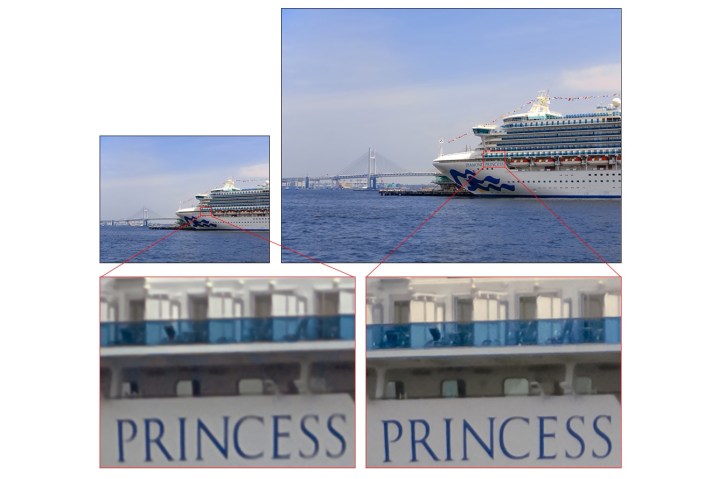
Smartphones could soon boast cameras with a resolution as high as 48 megapixels, without having disastrous results on low-light images. On Monday, July 23, Sony announced a new stacked smartphone camera sensor with the highest-yet megapixel count, 48 megapixels, and a unique Quad Bayer array design. The move will allow smartphones integrating the upcoming sensor, the IMX586, to boost image quality with a unique design that Sony claims also produces good results in low light.
While larger sensor cameras have hovered around the 50-megapixel mark for a while, Sony managed to cram those 48 megapixels onto a 1/2-inch sensor. That means that Sony’s also claiming the smallest pixel size yet with the pixels on the sensor measuring .8 μm, a size that Sony says is the smallest it has found among all image sensors.
The trade-off for high resolution images on a small sensor is typically grainy, unclear images in low light, but Sony aims to deliver both requirements on a single sensor with a unique design on the color filter. Just as a smaller solar panel will gather less light, smaller pixels aren’t great at taking pictures in limited light, and Sony’s pixels on the new sensor are the smallest yet. Left unadjusted, the sensor would likely take pretty poor images at night and indoors.

The ability to merge pixels allows the new sensor to shoot as a 48-megapixel sensor for greater detail in good light, while creating larger pixels and acting as a 12-megapixel camera when the lighting is poor. The design tackles a common flaw in high-resolution cameras, but it isn’t the first time smartphone cameras have tried to balance high resolution and low light — the Huawei P20 Pro uses Pixel Fusion which also improves low light gathering capabilities but is used in part with the smartphone’s three lenses.

For now, Sony has only announced the upcoming release, so it’s unclear what future phones will adapt the technology and whether the design may have some quirks affecting the color in the final images because of the different filter design.



